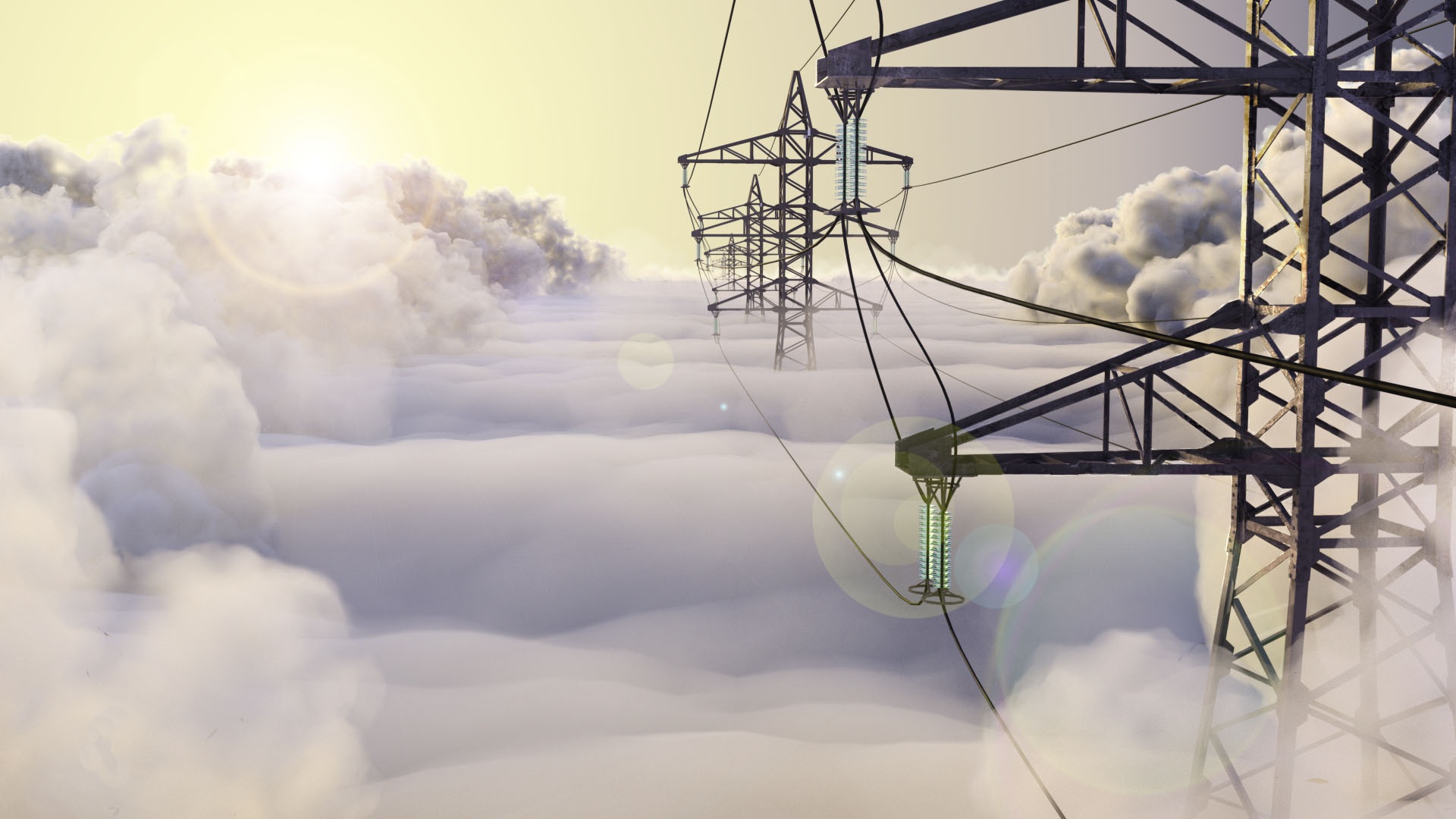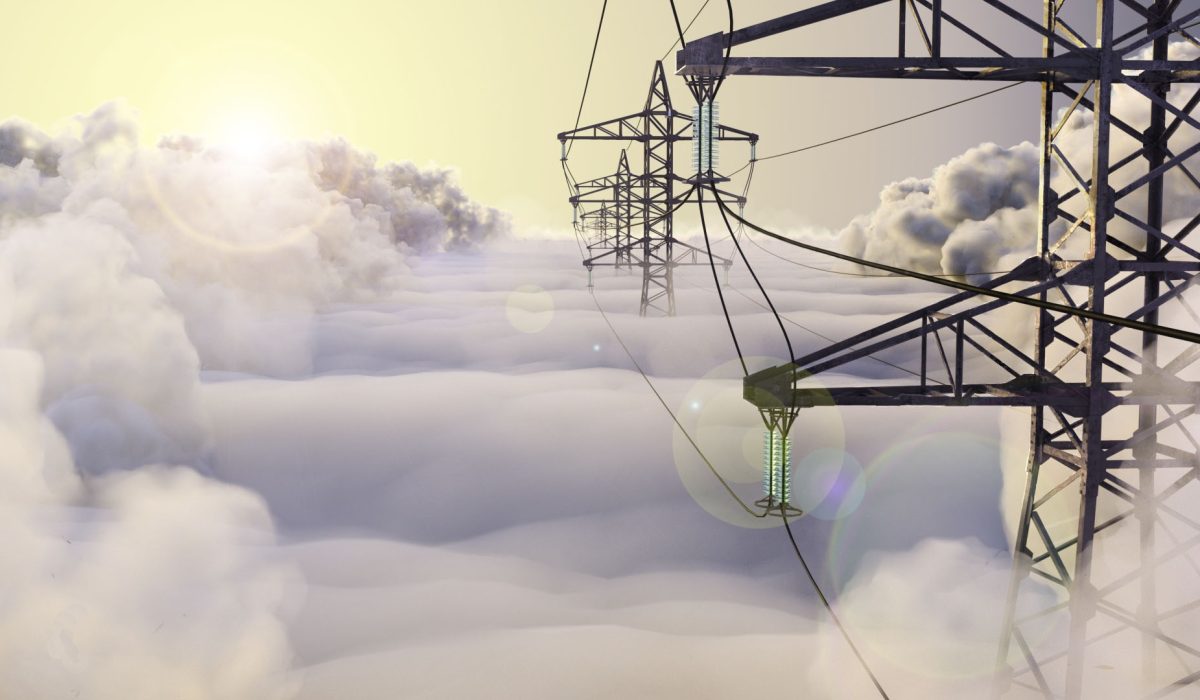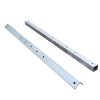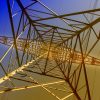What is the relationship between power generation, transmission and transformation, and distribution?
 Electricity generated by thermal power plants, hydropower plants, nuclear power plants, etc. is sent to the grid, which is then distributed to users.
Electricity generated by thermal power plants, hydropower plants, nuclear power plants, etc. is sent to the grid, which is then distributed to users.
Due to the long distance between the power plant and the user, the electric energy will be lost during the transmission process, which is called line loss, and the line loss is proportional to the current. In the case of constant transmission power, the current is inversely proportional to the voltage, and increasing the voltage can reduce the current and greatly reduce the line loss. Therefore, the power plant uses a step-up transformer to increase the voltage and then transmit power to the grid. The longer the transmission distance, the higher the voltage level used. After the power is delivered to the user, if it is used directly without reducing the voltage, the user must use electrical equipment with a high withstand voltage level, which not only greatly increases the cost of the equipment, but also threatens personal reliability due to the high voltage. Therefore, use it after lowering the voltage. The process of step-up and step-down is called power transformation, and the long-distance, high-voltage transmission of power is called power transmission. The substation near the user reduces the voltage and distributes it to the user for use in a short-distance, low-voltage transmission. This process can be called power distribution.
In short, the power generated by the power plant is sent to the overhead cable through the step-up substation for long-distance transmission. After reaching the city or destination, the power is stepped down to the distribution voltage by the step-down substation and distributed to the end user. The end user passes through the small substation equipment ( Transformers on utility poles) will be used after reducing the voltage to the final use voltage level.



